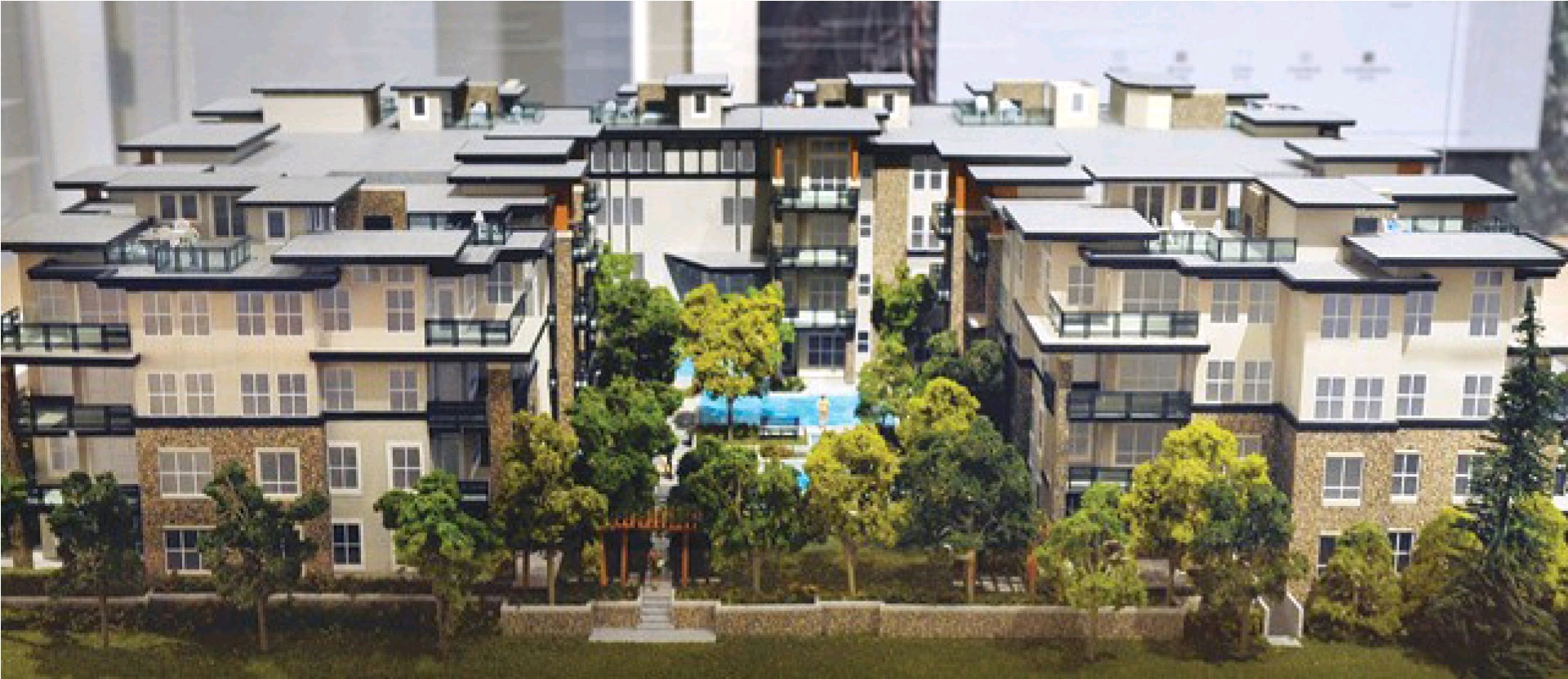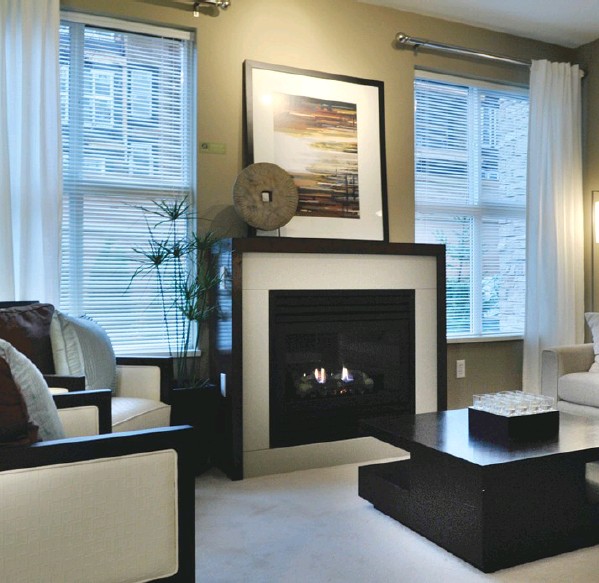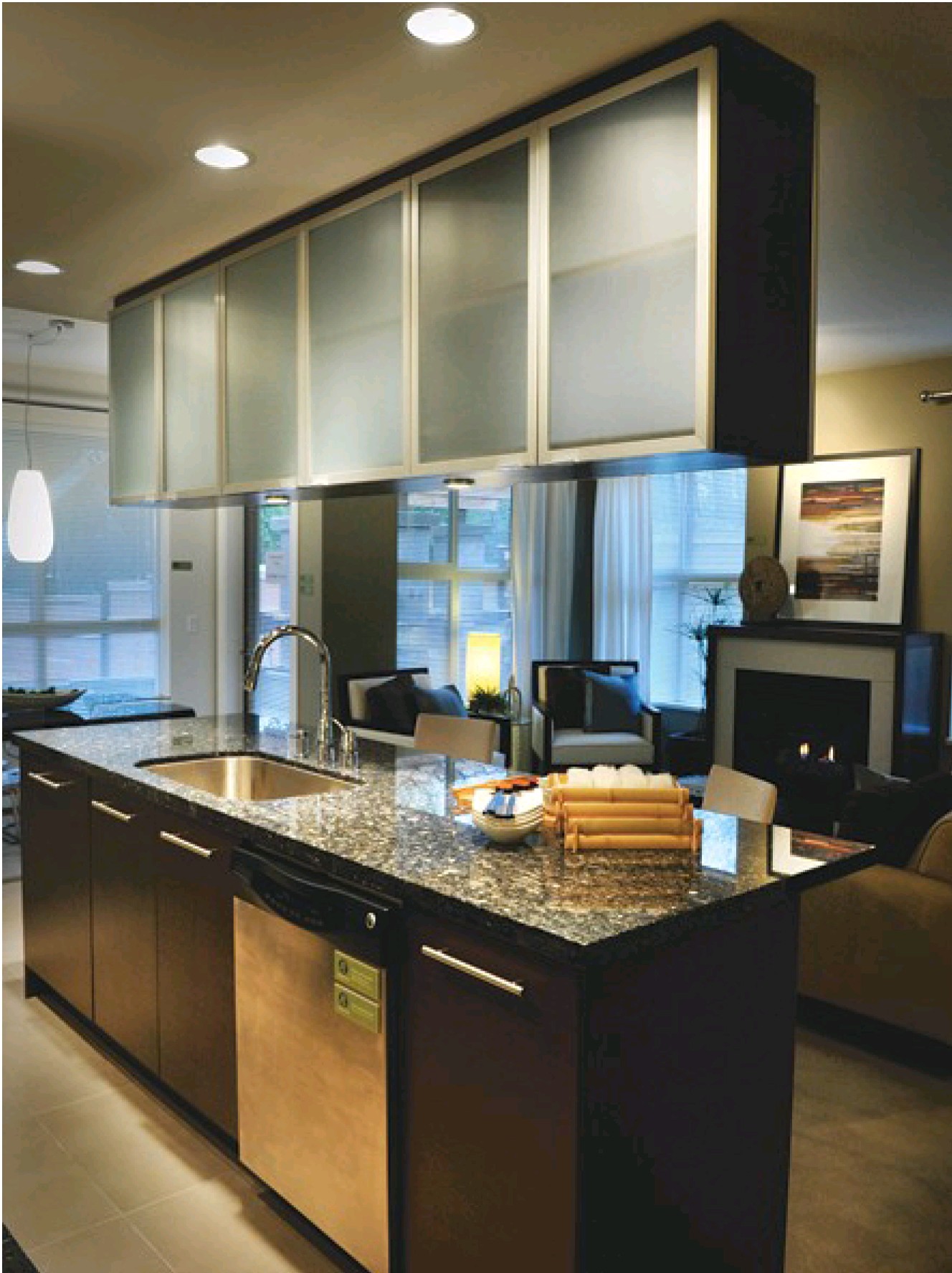Market showed resilience in 2009, and should show solid growth in 2010, says Adera president
Norm Couttie
Sun


The spacious living area in a show suite for the Pacific new-home project, a development Adera had put on hold and then brought back in the fall of 2009, is quickly selling out.


The elegantly finished show rooms of the Pacific new-home project, a product of the Adera Development Corp. Adera took advantage of the slowdown in the real estate market to revise and improve its home customization program.
Coming on the heels of a worldwide financial meltdown, 2009 did not look promising. Even though it was our company’s 40th anniversary, it did not seem the time to have a big celebration.
In the spring, the real estate market showed some resilience due to several factors: low interest rates, which increased buyer demand; lack of new-home supply caused by developers not starting new projects in 2008; and harder-to-obtain construction financing, often available only to large, well-capitalized developers, further reducing supply. For individual developers, the secrets to success were affordable product, immediate occupancy and a quality brand.
The Canadian banking system proved to be more stable than the U.S. system. Vancouver’s housing supply was fortunately not overbuilt, enabling the market to resume more quickly. And there was a higher level of optimism about British Columbia in general. All this led to a shorter down cycle than anyone had imagined. A typical real estate market cycle usually doesn’t drop so fast or go back up so quickly. We are fortunate to live in this part of the world. This is true both for homebuilders and for homeowners, who saw the value of their housing investment recover quickly.
Another unusual feature of this downturn was that normal cyclical economic patterns were absent during the year. Even some experienced developers, who would usually prepare for this, were left exposed. At Adera, we took measures during the first half of year to get us through the worst part of the downturn and position us for when the economy improved. We reduced both construction costs and time, completing all our projects up to two months early. This showed our lenders that we could stay on budget and ahead of schedule, close the sales of all our presold homes early, and sell our newly completed inventory, building confidence for new financing so we could move ahead on other projects. Starting new projects was the key to keeping our people employed and continuing to move forward even during the worst times.
Because we were in motion during the slow period, it was easier for us to pick up projects and move quickly when the economy revived than if we were starting from scratch. For example, our Pacific project, which had been put on hold, was brought back in the fall of 2009 and quickly sold out. We also used the slower time to revise and improve our customi–
zation program, which enables our homeowners to personalize their homes, and to catch up on some backlogs in our customer care services.
Looking forward, I believe that in 2010, both real estate prices and volume will likely be stable, with upward pressure in some areas where demand outstrips supply. We are back in a long-term rising trend after recovering from the 2008 downturn. The positives far outweigh the negatives. Having lived through an Olympics before, I believe many Vancouverites’ concerns will seem inconsequential afterward, while the positive effect of Olympic exposure will bring even more people who believe that buying real estate in Vancouver is a terrific long-term investment.
Smart growth policies leading to the creation of complete communities and densifying our city around transit nodes is the sustainable way of the future. False Creek and Coal Harbour are good examples of livable high-density development. Slightly lower-density developments at regional town centres like Surrey Central, Metrotown and Richmond also work well. And neighbourhood centres with mixed-use projects — for example, shopping, services and residential such as at Morgan Crossing in Surrey or Wesbrook Village at UBC — are creative uses for valuable serviced urban land. Many traditional shopping centres with parking lots, such as Richmond Centre and Brentwood, will continue to be redeveloped with increased density, parking lots replaced by towers along with shopping, restaurants and other services.
Incorporating sustainable features in multifamily buildings and individual homes is another trend that will continue to grow. As more and more builders get comfortable with green design and construction, and as third-party rating systems adapt to the various housing forms offered in Metro Vancouver, homes will become increasingly sustainable. As leaders in what we call “practical green,” Adera is committed to finding innovative ways to build for a sustainable future, using the best thinking, materials and techniques of today.
Our 40 years of homebuilding experience gives us a basis for concern over increasing pressure to quickly advance green agendas. Industrywide problems like leaking buildings, driven in part by rushed revisions to building and energy codes, taught us that even small changes in building systems may have unintended consequences.
For example, we have recently seen high-efficiency window coatings reflect sunlight onto adjacent buildings at temperatures high enough to melt vinyl siding. When “proven technology” such as better windows can generate unexpected problems, imagine what may result from changing numerous and more complex building elements and practices all at once. The solution is not to avoid high-efficiency windows, or even leading edge green products, but rather to learn how to properly incorporate them into the entire building system.
We believe that a comprehensive program of analysis, research, pilot projects, education and follow-up, led by the building scientists, designers and builders who will ultimately be held responsible for the results, is the best way to build sustainably. Getting things right the first time (likely the No. 1 rule in construction), may actually speed up the greening of our cities.
In the end, 2009 turned out to be a fitting 40th anniversary year for Adera. Worldwide and local events forced us to dig deep for the courage, ingenuity, teamwork and passion that our founders displayed during the early years. As a company, we achieved, and actually eclipsed, every goal that we set through the year thanks to hard work and a willingness to adapt. More than ever before, we recognized how vital it is for all of our employees to remain focused on the principles on which we built 40 years of trust: a profound and deep focus on our customers, the relentless pursuit of innovation, and the nurturing of partnerships with the best trades, suppliers and consultants in the industry.
We believe 2010 will be a year of solid growth, enhanced sustainable living practices and exciting new design.
Norm Couttie is the president of Adera Development Corp. and an architect.
© Copyright (c) The Vancouver Sun

